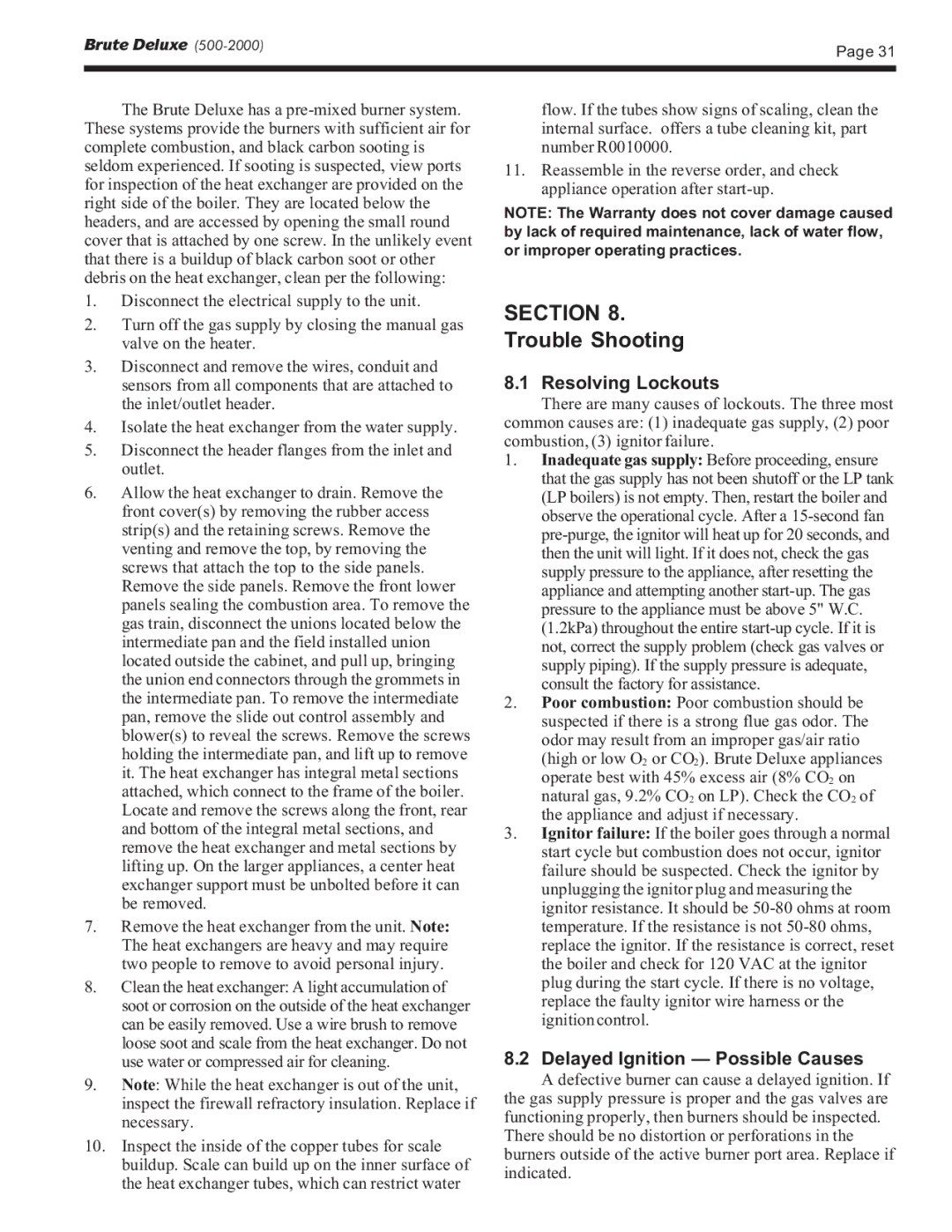BMT2H, BMT2V, Hydronic Boiler, Water Volume Heater specifications
Bradford-White Corporation, a leader in the water heating and hydronic heating industries, offers an impressive range of products designed to meet diverse residential and commercial needs. Among their notable innovations are the BMT2V and BMT2H series hydronic boilers and water volume heaters, which combine state-of-the-art technology with user-friendly features.The BMT2V and BMT2H models are designed to deliver high-efficiency heating solutions for various applications. One of the key features of these boilers is their superior thermal efficiency, which reduces fuel consumption while ensuring optimal output. With a range of BTU inputs suitable for different heating needs, these boilers can provide efficient heating for residential, commercial, and industrial applications.
Both the BMT2V and BMT2H units are built with advanced combustion technology, allowing for cleaner and more efficient burning of fuel. This not only contributes to lower emissions but also ensures that the boilers operate quietly and reliably. The integrated draft inducer further enhances the efficiency of the combustion process by optimizing airflow, leading to improved overall performance.
Another standout characteristic of these models is their robust construction. Made with high-quality materials, the BMT2V and BMT2H boilers are designed to endure harsh operational conditions while providing long-lasting performance. The tanks are lined with corrosion-resistant coatings, which significantly extend the lifespan of the unit and reduce maintenance requirements.
Both models are also equipped with smart control systems that enable precise temperature regulation and easy monitoring of system performance. These controls allow users to adjust settings remotely or via integrated digital interfaces, further enhancing user convenience. Additionally, the integration of safety features, such as pressure relief valves and automated shut-off systems, ensures safe operation.
The BMT2 series also emphasizes ease of installation and maintenance. Compact designs and flexible venting options allow for versatile installation in various environments. Serviceability is streamlined through easily accessible components, ensuring that technicians can perform maintenance tasks efficiently.
In summary, Bradford-White's BMT2V and BMT2H hydronic boilers and water volume heaters embody efficiency, durability, and advanced technology. With their focus on sustainability and high performance, these models are ideal choices for anyone looking to invest in reliable heating solutions.
